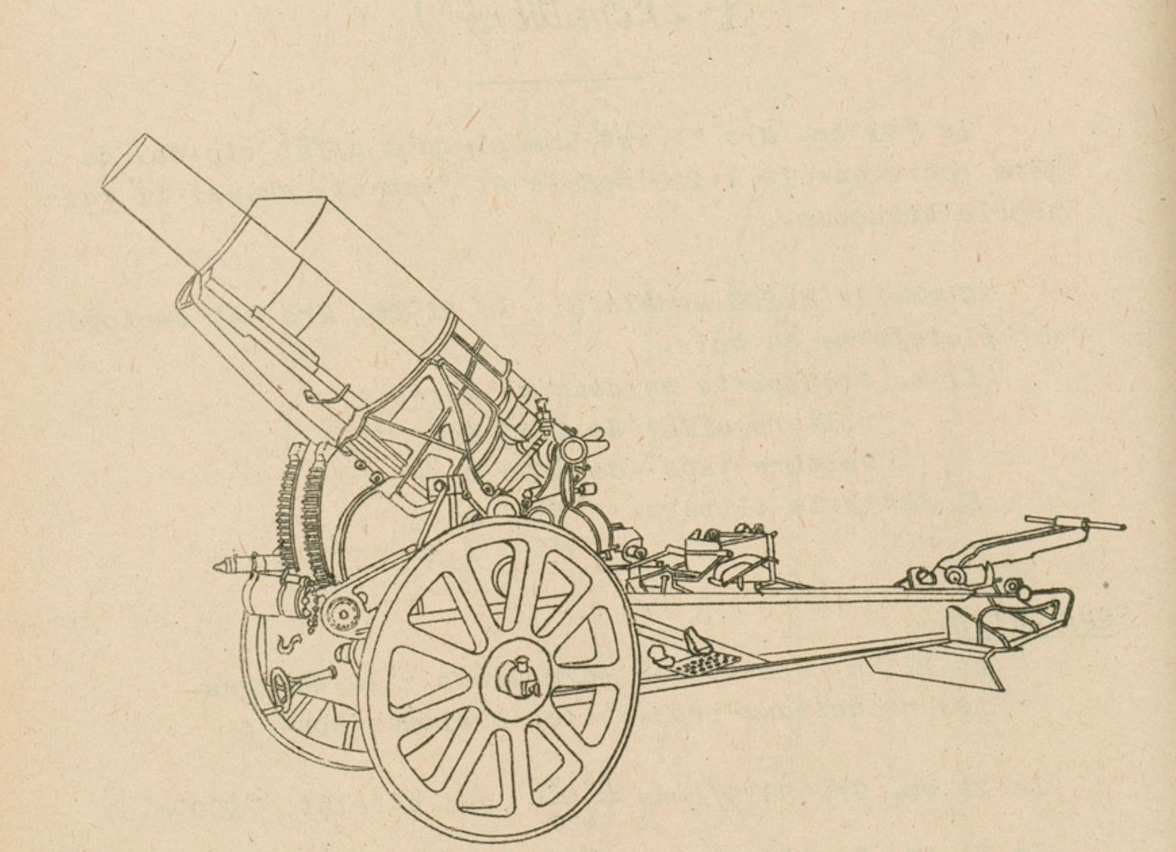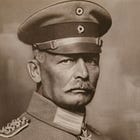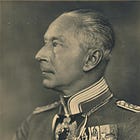The fact that Verdun was a salient, surrounded on three sides by German forces, facilitated the execution of Falkenhayn’s strategic conception. Falkenhayn assigned the actual work of killing French soldiers to the 1,612 artillery pieces of the Fifth Army. About a third of these were the light field pieces of infantry divisions: 77mm field guns and 105mm light field howitzers. The rest were considerably heavier weapons of the “Foot Artillery” - guns in calibers over 100mm and howitzers in calibers of between 150mm and 420mm.
Falkenhayn’s confidence in the German artillery was well placed. The “peninsular” nature of the French position made it possible for this huge artillery park to concentrate its fire while the individual batteries enjoyed a high degree of dispersal. The terminal effects of the German shells - most of which were larger and fired at higher angles - surpassed those of French shells. The rate of fire of German pieces - most of which had been built in the decade prior to the battle - was greater than that of many French pieces, a substantial proportion of which had been built before the introduction of on-carriage recoil mechanisms.
For Further Reading:








